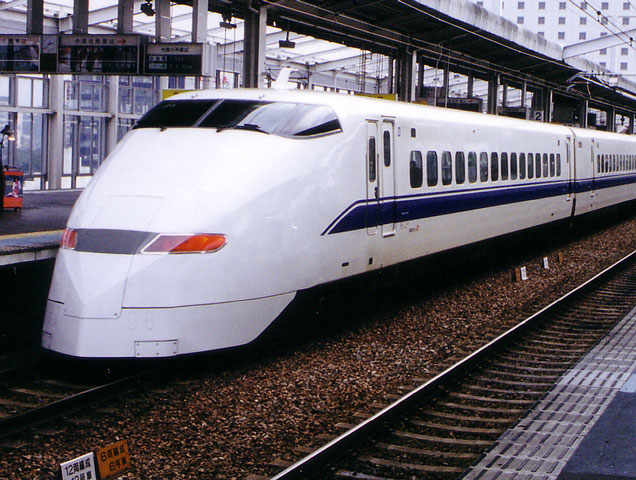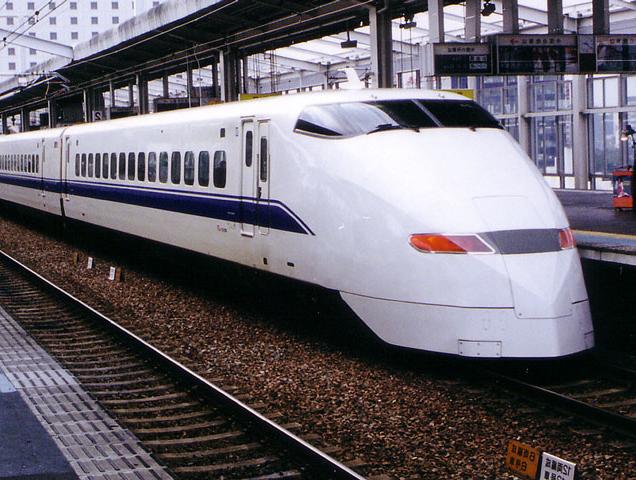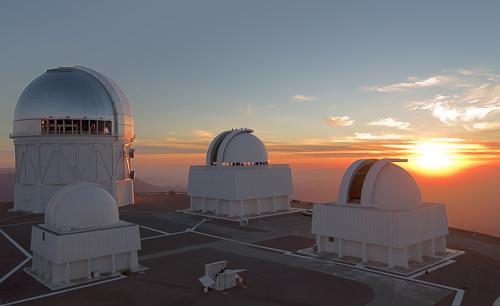 CTIO at sunset (NOAO/AURA/NSF) |
|
 CTIO at sunset (NOAO/AURA/NSF) |
|
Most observations of Celestial Objects are made using Optical Telescopes located at ground-based (e.g., Kitt Peak National Observatory, Cerro Tololo Inter-American Observatory, National Solar Observatory, Mauna Kea Observatory, ...) and space-based orbiting observatories (Space Telescope Science Institute). Optical light will be defined in a second. For now, take it to mean the type of light to which our eyes are sensitive. The essential advantages of telescopes are essentially to make a huge eye to allow us: (1) to collect more EM radiation, see fainter objects; and (2) to resolve smaller angles, see smaller features and objects.
A ton of information about the Universe has been gleaned from optical observations, however, much more can be learned if we consider more than just optical light [objects in the Universe produce many other forms of radiation]. Collectively, the overall light, radiation, phenomenon is referred to as Electromagnetic radiation (EM radiation). Until recently the complete EM spectrum was not utilized because most types of EM radiation do not penetrate the Earth's atmosphere and so do not reach the surface of the Earth.
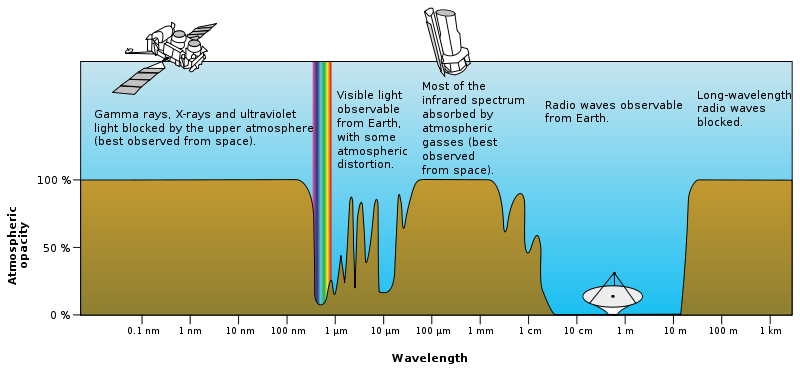
|
|
The most spectacular of these missions has been the James Webb Telescope (JWST) (see Discovery 5-1, pp. 114-115),
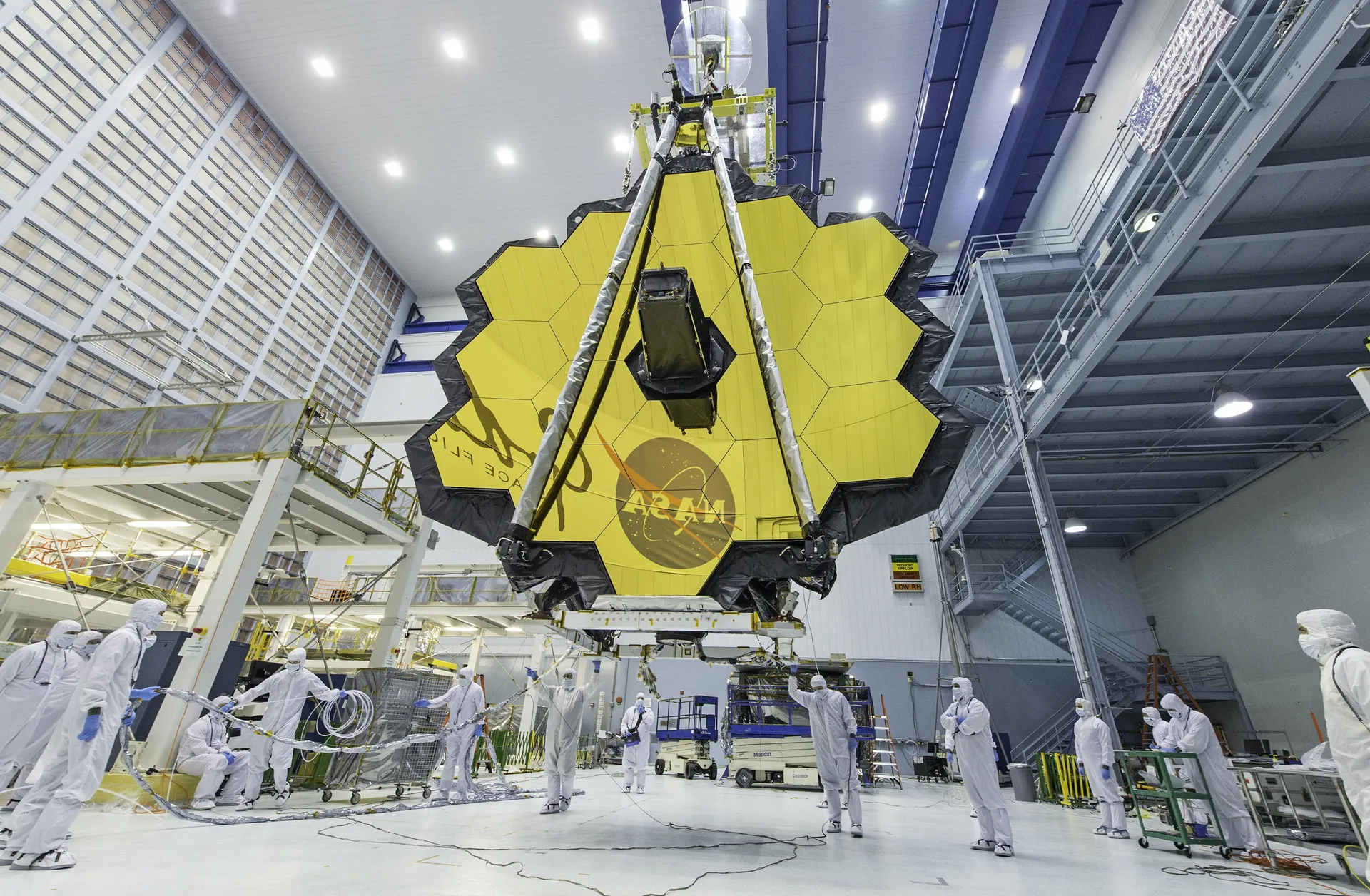 |
|
|
 |
|
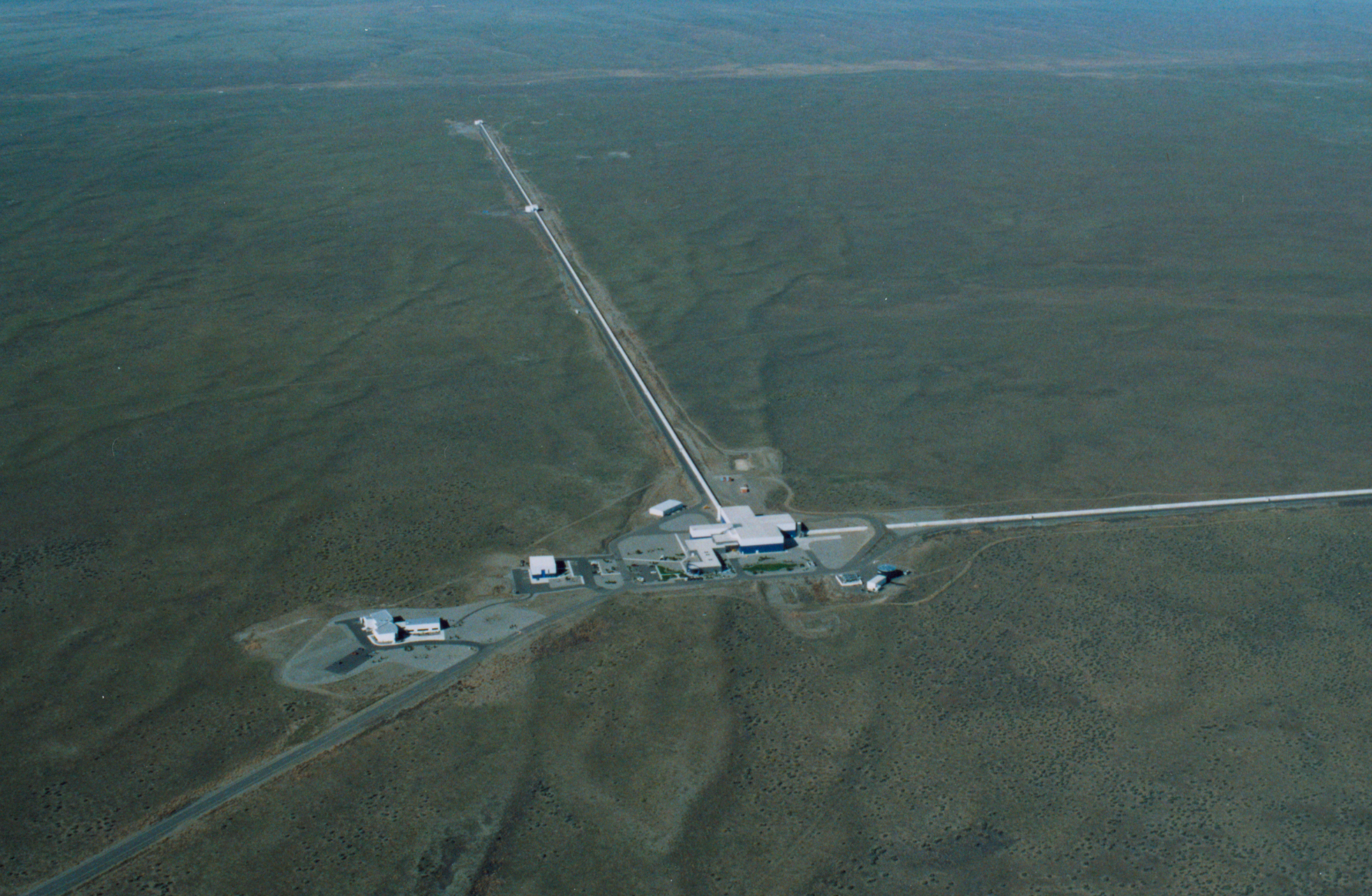 |
